#Medb
Explore tagged Tumblr posts
Text


girls at the olympics art by aonoesu from typmoon ace 16
#fate#fate series#fate official art#fate grand order#fgo#medb#caren#bazett#Type-Moon Ace Art#scathach#skadi#cu chulainn caster#lancer cu chulainn#cu chulainn#fgo cu chulainn
952 notes
·
View notes
Text



I tried so hard to clear the most boxes just to take most days trying to complete the exposition quests ( but failed badly)
#fgo#fate grand order#britomart#morgan le faye#gray#waver velvet#lord el melloi ii#fate series#mordred#medb#too many charas#this event was still fun for all the mangas refs#fate#sketch#doodle#mini comic
348 notes
·
View notes
Text

Can someone write me a Scamedb university AU fanfic
#scamedb#FGO#スカメヴ#scathach#medb#scathach x medb#own art#fanart#fate/grand order#yes im still on the scamedb agenda even though its been a while
222 notes
·
View notes
Text

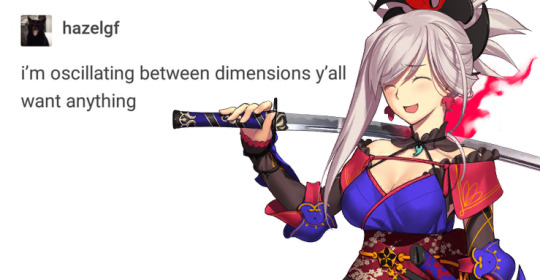
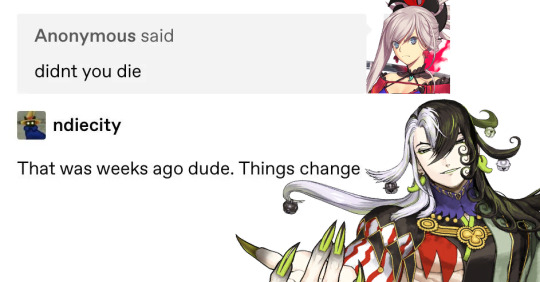
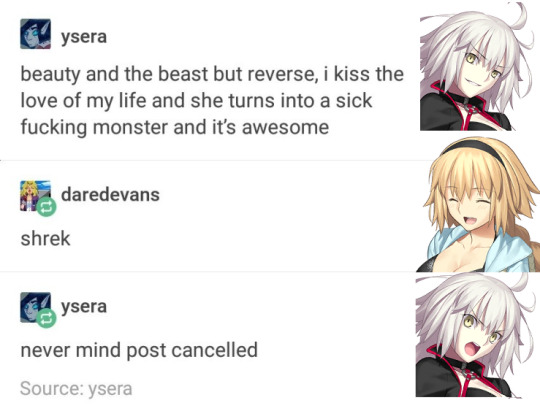



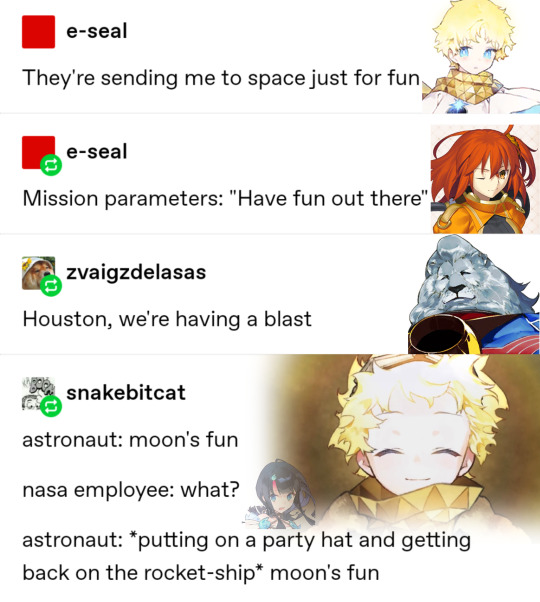
A collection of my FGO shitposts
#som.txt#fgo#kiyohime#shakespeare#voyager#ozymandias#sherlock holmes#medb#cu chulainn#jalter#jeanne d'arc#ashiya douman#miyamoto musashi#hans christian andersen#thomas edison#utsumi erice
646 notes
·
View notes
Text

vote for medb!
#my edit#my art#fgo#arjuna#cu alter#medb#thomas edison#karna#helena blavatasky#my comic#ehhh kind of
327 notes
·
View notes
Photo

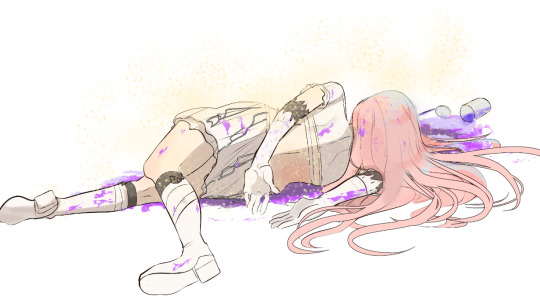
Medb wanted to try out the Grimace shake
#FGO#Fate grand order#Fate GO#Medb#FGO Medb#Grimace shake#Listen they're different cause I did one drawing one day and forgot what pen I used the next day
938 notes
·
View notes
Text

154 cm
828 notes
·
View notes
Text

QP gathering team
#where odysseus and medb are support and mandricardo my main dps <3#mandricardo#odysseus#medb#queen medb#fgo medb#fgo mandricardo#fgo odysseus#digital art#fgo#fate grand order#fanart
207 notes
·
View notes
Photo

20 notes
·
View notes
Text
Fate Grand Order material III [Digital] part 5






























#Edmond Dantès#fate series#fate#fate official art#fate grand order#fgo#cu chulainn#Fate Grand Order material III [Digital]#queen medb#medb
62 notes
·
View notes
Photo

JP06
687 notes
·
View notes
Text

a quick redraw of a medb from 2023 (original under cut)

#queen medb#medb fate#medb#fgo#fate#fate grand order#fgo fanart#fate series#styxart#digital art#fanart#i improved a lot huh JHJKFHSDHF
78 notes
·
View notes
Text

Before him sat the Scholars on two benches facing the inner aisle; on the left were the Humans, Marciano and Magnolia, and Emil, the sole Yaksha among them. (...) On the other side were the Aos Sí twins, Alphonse and Medb. Their identical blue-hued faces would be impossible for a layperson to differentiate; both twins had worn their long, white hair tied back to keep the flyaways from their eyes, and sported matching bluish robes that dusted the floor of the caravan.
[oc]
Here's the chapter 1 splash art page for The Corpse Swallower!
33 notes
·
View notes
Text

Honey~
180 notes
·
View notes
Text


Which is hornier, the gil fig or the medb one? I'm saying the gil one, that manspreading and the powerstance of being on the throne with the chain is the horniest thing I have ever seen in my life
209 notes
·
View notes
Text
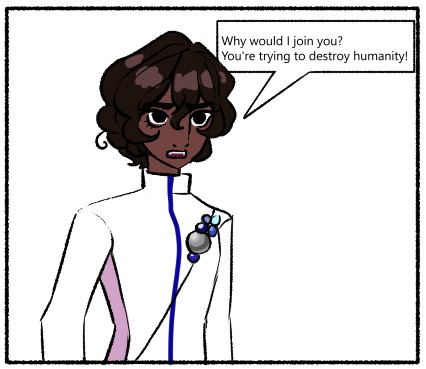
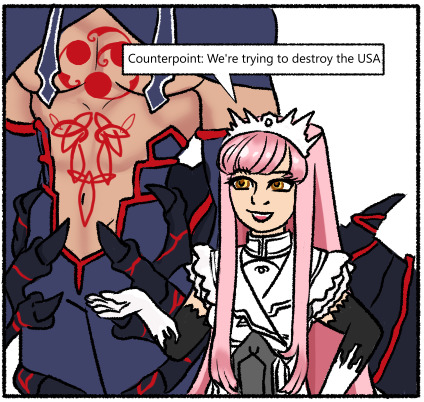
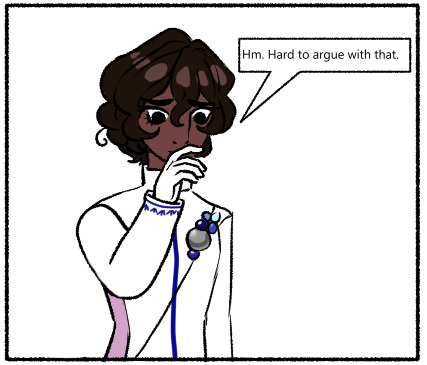
medb has a way with people
#happy medbpendance day this is canon bc i said so#my comic#arjuna#medb#cu chulainn alter#well. his torso at least#fgo#fate grand order
646 notes
·
View notes